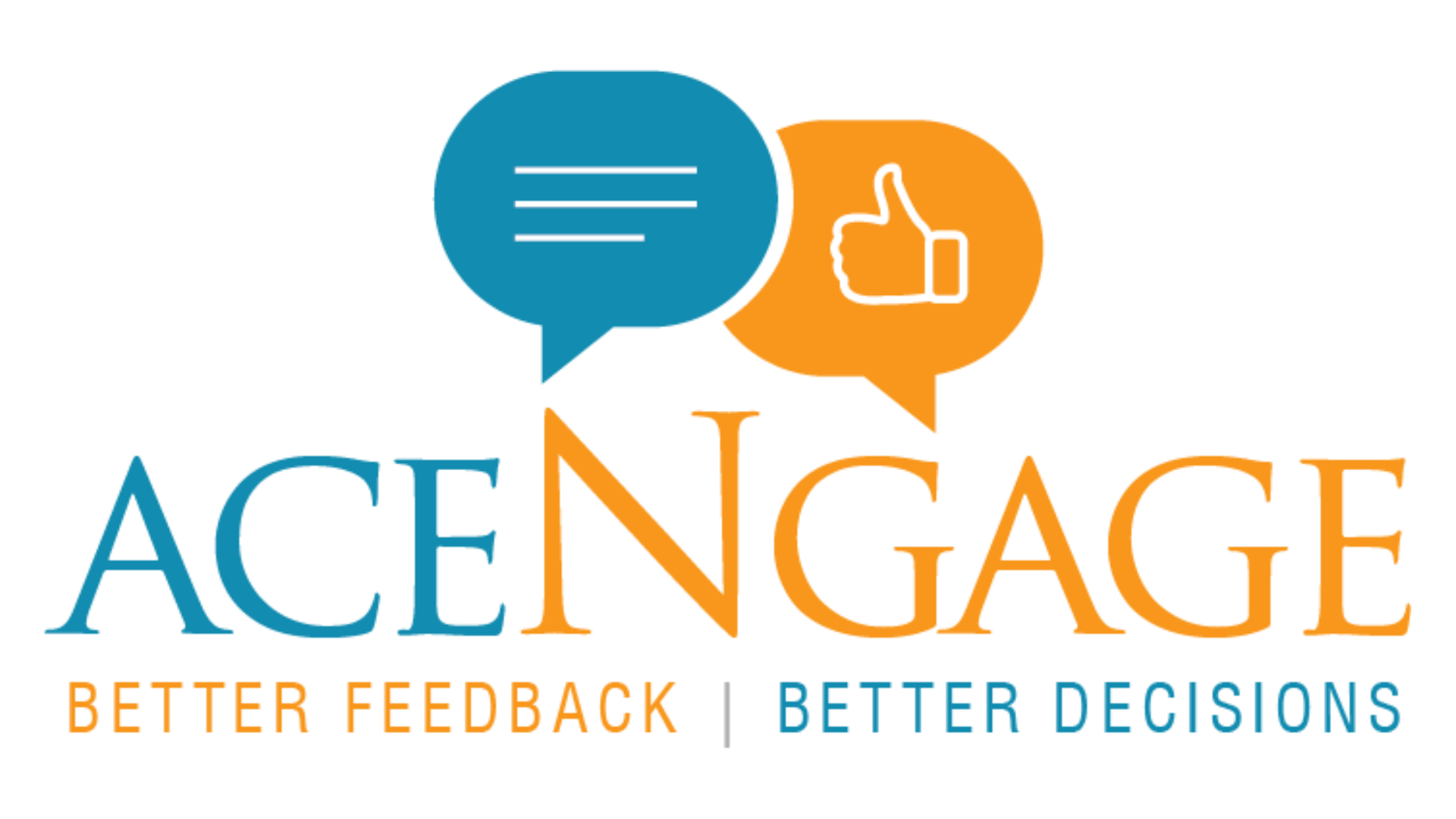That’s the million-dollar question every HR leader faces. Do you invest in Exit Interviews to understand why employees leave, or should you prioritize Stay Interviews to prevent attrition in the first place?
Spoiler Alert: You probably need both. But how much weight should each carry? Let’s break it down with real-world examples, industry trends, and expert opinions.
Exit Interviews: The Post-Mortem of Employee Experience
Exit interviews are like an autopsy. By the time you get to it, the damage is done—someone is already walking out the door. But that doesn’t mean it’s not valuable.
Why Do Exit Interviews Matter?
- Unfiltered Insights – Employees leaving are more likely to be honest about what’s wrong with your company.
- Pattern Recognition – If the same issues pop up frequently (toxic manager, lack of growth, unfair pay), you know where the fire is.
- Employer Branding – How you treat employees when they leave affects future hiring. A bad exit experience can turn into a viral Glassdoor review.
- Boomerang Employees – Exit interviews can help you leave doors open for potential rehires in the future.
The HR Reality Check: Do They Really Work?
Here’s the problem: Most exit interviews happen too late to make a difference. If 85% of employees who leave had already mentally checked out months ago (Gallup, 2023), then your exit interview is only validating what you should have already known.
“An exit interview is like closing the stable door after the horse has bolted.” – CHRO, Leading IT Firm
Example: A top fintech company noticed a pattern in exit interviews—employees were leaving due to poor mid-level management. Instead of just documenting the feedback, they launched a managerial coaching program. Six months later, attrition dropped by 18%.
Stay Interviews: Fixing Leaks Before They Turn Into Floods
Stay interviews are proactive. Instead of waiting for employees to leave, you talk to them while they’re still engaged.
Why Stay Interviews Are Game-Changers
- Retention Strategy – They help HRs understand what’s working and what’s not before it’s too late.
- Boosting Morale – Employees feel valued when leadership takes time to understand their concerns.
- Spotting Flight Risks – A good stay interview can catch who’s thinking of leaving before they even update their LinkedIn.
- Tailored Employee Experience – Different teams and individuals have different motivations—stay interviews provide data for personalized retention plans.
Do They Actually Work?
Absolutely. Companies that conduct regular stay interviews see a 20% drop in voluntary attrition, according to a 2022 LinkedIn Workplace report.
“If you’re waiting for an exit interview to learn why people leave, you’ve already lost the battle.” – HR Director, Global Manufacturing Company
Example: A leading pharma firm used stay interviews to identify work-life balance issues among their research teams. By tweaking work hours and introducing more flexible policies, attrition dropped by 25% in that department.
Exit Interviews vs. Stay Interviews: Which One Wins?
Both are important, but let’s get real: Stay interviews should be your priority. Exit interviews are useful, but they are reactive. If you focus more on stay interviews, you’ll need fewer exit interviews in the future.
| Factor | Exit Interviews | Stay Interviews |
|---|---|---|
| Timing | After resignation | While still employed |
| Purpose | Understand reasons for leaving | Prevent attrition |
| Effectiveness | Reactive | Proactive |
| Honesty Level | High (but damage is done) | Medium to High (if trust is built) |
| Impact on Retention | Medium | High |
Industry Trends: What Are Top Companies Doing?
1. Data-Driven Stay Interviews
Companies are using AI-driven sentiment analysis to extract trends from stay interviews, helping HRs spot hidden disengagement patterns before they escalate.
2. Exit Interview Automation & Analysis
Many Fortune 500 firms now outsource exit interviews to ensure anonymity and gather more honest feedback. AceNgage, for example, analyzes exit data to predict future turnover trends—helping HRs take preventive action.
3. Balancing Both for Maximum Impact
- Amazon: Uses stay interviews every 6 months to spot disengagement early.
- Google: Leverages AI to analyze exit interview trends and link them to manager performance.
- Deloitte: Trains managers to conduct informal stay interviews during quarterly reviews.
Final Take: What Should HR Leaders Do?
- Prioritize Stay Interviews – Make them a structured, recurring practice.
- Leverage Exit Interviews Wisely – Don’t just collect data—act on it.
- Combine Insights – Use both to build a robust retention strategy.
- Consider Outsourcing Exit Interviews – If employees don’t trust HR, they won’t open up. A third-party like AceNgage can help.
Bottom Line? If you’re only doing exit interviews, you’re playing defense. Stay interviews put you on offense.
“Engagement starts long before resignation. A smart HR team knows how to listen when employees are still willing to talk.” – CEO, Leading HR Tech Firm
Your Turn: What’s Your Strategy?
How does your organization balance exit and stay interviews? Let’s discuss in the comments! 🚀







